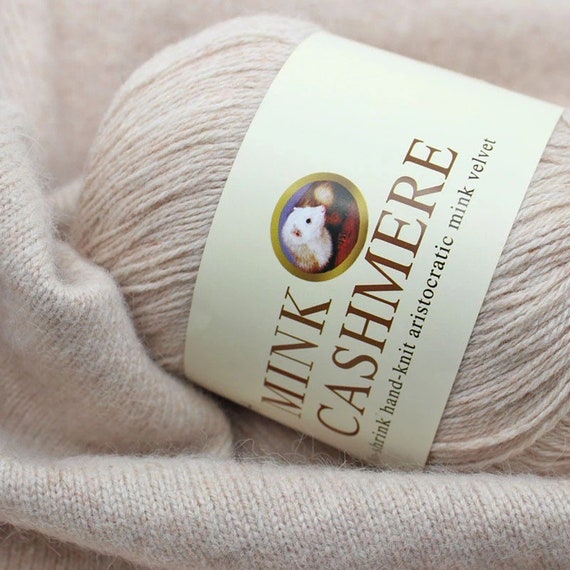The Exciting World of cashmere: Understanding Its Fiber and Uses
The Exciting World of cashmere: Understanding Its Fiber and Uses
Blog Article
Understanding the Various Types of Cashmere an All-natural Fiber and Their Unique Advantages

The Origins of Cashmere: A Historic Summary
While the lavish touch of cashmere continues to charm modern-day consumers, its origins trace back to the rough, cold climates of Mongolia and the Mountain ranges. For centuries, the indigenous peoples of these regions have actually been raising Capra Hircus goats, the prime source of cashmere wool. These goats, resistant against the serious winters months, grew a great undercoat to endure, which later on became referred to as cashmere. The name itself admires Kashmir, an area in India where the wool was originally processed. Much of the early cashmere trade route was promoted by the Silk Roadway, attaching Asia with the Middle East and Europe. Despite its global spread, the finest cashmere is still believed to stem from the original regions of Mongolia and the Mountain Ranges.

The Production Refine: From Goat to Garment
Shearing a Capra Hircus goat marks the creation of the intricate cashmere production process. This fragile treatment normally happens as soon as a year during spring. The penalty, soft undercoat is after that divided from the coarser external hair, a procedure referred to as dehairing. The resultant raw cashmere is after that cleaned to get rid of impurities such as grease, vegetable, and dirt matter.
The tidy fiber goes through dyeing, rotating, and weaving, or knitting, to change it into a fabric. Facility treatments such as quality assurance checks and completing procedures comply with, ensuring completion product preserves the lavish criterion anticipated of cashmere. This painstaking procedure, from goat to garment, warrants the high price connected to cashmere items, making them an icon of deluxe and refinement.
The Numerous Sorts Of Cashmere: An In-depth Evaluation

The Unique Benefits of Cashmere: Comfort and Sustainability
Relocating from the range of cashmere types to the advantages they offer, comfort and sustainability stand out prominently. Cashmere, a natural fiber, is renowned for its exceptional softness, offering a level of comfort that artificial fibers can not match.
When it concerns sustainability, cashmere is renewable and biodegradable, as it's harvested from cashmere goats who regrow their layers annually. what is cashmere. Unlike artificial fibers which can take hundreds of years to decay, cashmere's effect on the environment is minimal. This mix of convenience and sustainability makes cashmere a beneficial selection for aware consumers

Caring for Your Cashmere: Maintenance and Preservation Tips
While cashmere is definitely a lasting and luxurious option, click for info it needs specific care to maintain its top quality and expand its life-span. To begin, cashmere ought to be hand cleaned making use of chilly water and a light cleaning agent. Prevent wringing the garment or twisting as it can damage the fibers. Instead, delicately eject excess water and lay it flat on a towel to completely dry. In addition, cashmere items should be saved in a amazing and dry location, far from straight sunshine and dampness. Utilizing moth repellents can shield these garments from possible damage. Finally, it's advisable to stay clear of hanging cashmere to avoid extending. Rather, her explanation layer and shop them properly to maintain their shape and quality in time.
Purchasing Cashmere: Comprehending Its Worth and Well Worth
Although cashmere informative post might at first seem like a costly investment, its long-lasting value and worth ended up being evident when you consider its exceptional qualities. Recognized for its unequaled softness and warmth, cashmere is a premium natural fiber that outshines other products. Its high need and limited supply add to its high cost, yet its sturdiness ensures it lasts for several years, using outstanding value for money. Cashmere pieces are classic, often coming to be antiques gave through generations. what is cashmere. Its natural shielding buildings provide heat without the bulk of artificial fibers. Spending in cashmere, consequently, is not practically present style patterns, but concerning accepting a sustainable, resilient, and glamorous lifestyle.
Verdict
In summary, the sort of cashmere one picks, be it Mongolian, Chinese, or Italian, is dictated by private choices for heat, sustainability, budget plan, and deluxe. The worth of cashmere extends beyond its cost, with comfort and long life including in its well worth. Proper care and maintenance can ensure its preservation. Therefore, comprehending the origins, production process, and one-of-a-kind advantages of various kinds of cashmere can assist customers in their financial investment in this extravagant all-natural fiber.
Whether it's the outstanding warmth of Mongolian cashmere, the cost of Chinese cashmere, or the eco-conscious manufacturing of Italian cashmere, there's a story to be discovered behind each fiber kind. Cashmere, a natural fiber, is renowned for its unequaled gentleness, offering a degree of convenience that artificial fibers can't match.When it comes to sustainability, cashmere is eco-friendly and biodegradable, as it's harvested from cashmere goats that regrow their coats each year. Understood for its unmatched gentleness and heat, cashmere is a premium natural fiber that exceeds various other products. Recognizing the beginnings, production process, and unique advantages of various types of cashmere can direct customers in their investment in this lavish all-natural fiber.
Report this page